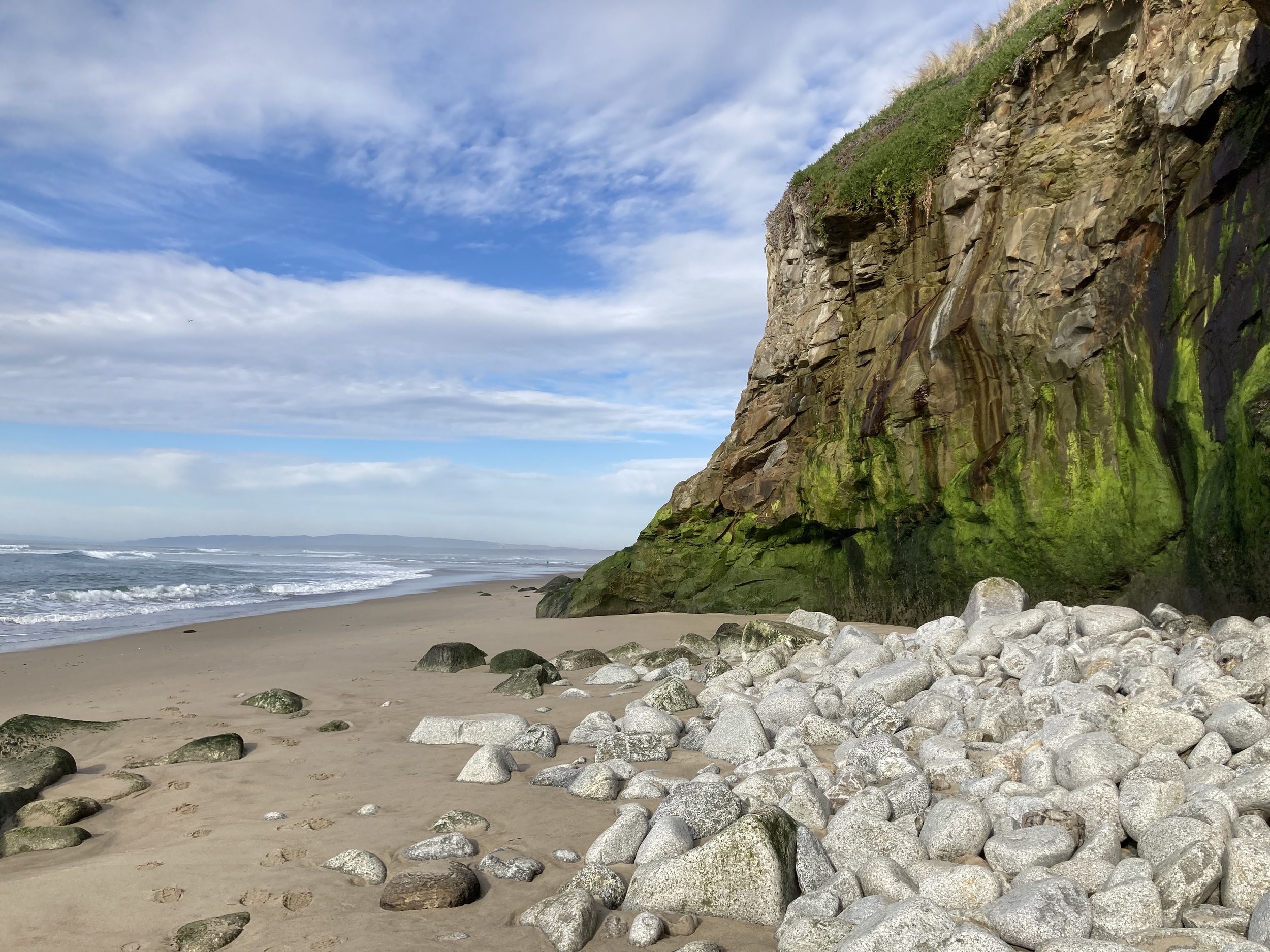The first Earth Day was celebrated 54 years ago, on April 22, 1970, and has its roots in Santa Barbara. Gaylord Nelson, a US Senator from Wisconsin, founded it after witnessing the impact of a massive oil spill in Santa Barbara, California. At that time, it was the largest oil spill in US history and still ranks at number three, behind only the Deepwater Horizon and Exxon Valdez oil spills. Mr. Gaylord’s vision was to have a “national teach-in on the environment” and energize the public to protect the environment by addressing water and air pollution concerns. Over 20 million Americans participated in that first Earth Day celebration, uniting many in a common cause that had been previously fragmented over several specific environmental concerns.
This year, Earth Day celebrations are scheduled several days through the month of April and focus on how we can reduce plastic use and demand a 60% reduction in plastic production by 2040. It is the 60x40 pledge that challenges us to educate ourselves on our choices and the consequences of plastic use, make lifestyle changes, find innovative solutions, and demand change not just as individuals but also from businesses and governments. The celebrations scheduled provide opportunities to learn about climate change and how it impacts countless species of animals, the health risks plastics pose to us as individuals, how to phase out single-use plastics, the UN Treaty on Plastic Pollution, and other topics.
Earth Day is also an opportunity to begin having discussions with our family, friends, and neighbors and come together in cooperation. To discuss ideas of how change might look for everyone and how it can happen, even if only one step at a time. Some of these discussions may be challenging, and some choices difficult, but it is necessary to make the time to have the conversations, become educated and make the choices. The reality is we have been blessed to live in a world we have been gifted with its many natural wonders and incredible resources. With that gift, we have also been given a responsibility. The responsibility to take care of it so that our grandchildren’s great-grandchildren will have a place to call home. No matter where you are, we ask you to join us in this effort because you can make a difference with your choices, and together, we can save our beautiful home we call Earth.
Here are a few of the local opportunities to celebrate and learn. On Wednesday, April 17, Cabrillo High School Aquarium will have activities from 6PM-8PM, showcasing how each of us can make our home a better place for all living things. On Saturday, April 20, from 9AM-12PM, join others and help beautify Lompoc’s Drought Tolerant Garden, no experience necessary, or celebrate with the SLO County Earth Day Fair at Laguna Lake Park from 11AM-4PM. On Sunday, April 21, visit the Santa Barbara Zoo from 10AM-2PM to learn how climate change is impacting so many beloved wild animals. Additionally, Santa Barbara’s Earth Day Festival returns to Alameda Park on April 27 and 28, honoring its 54-year commitment to engage the community and foster a deeper connection with nature and the environment. Details for all these events may be found in the links below or visit www.earthday.org to see what is happening worldwide. We invite you to attend at least one of these many opportunities to learn how you can make a difference for Mother Earth every day because together we can.
Sources-
https://www.cabrillohighschoolaquarium.org/open-house-dates
https://allevents.in/lompoc/lompocs-drought-tolerant-garden-care-day/200026317979416
http://earthdayalliance.com/earth-day-slo/


